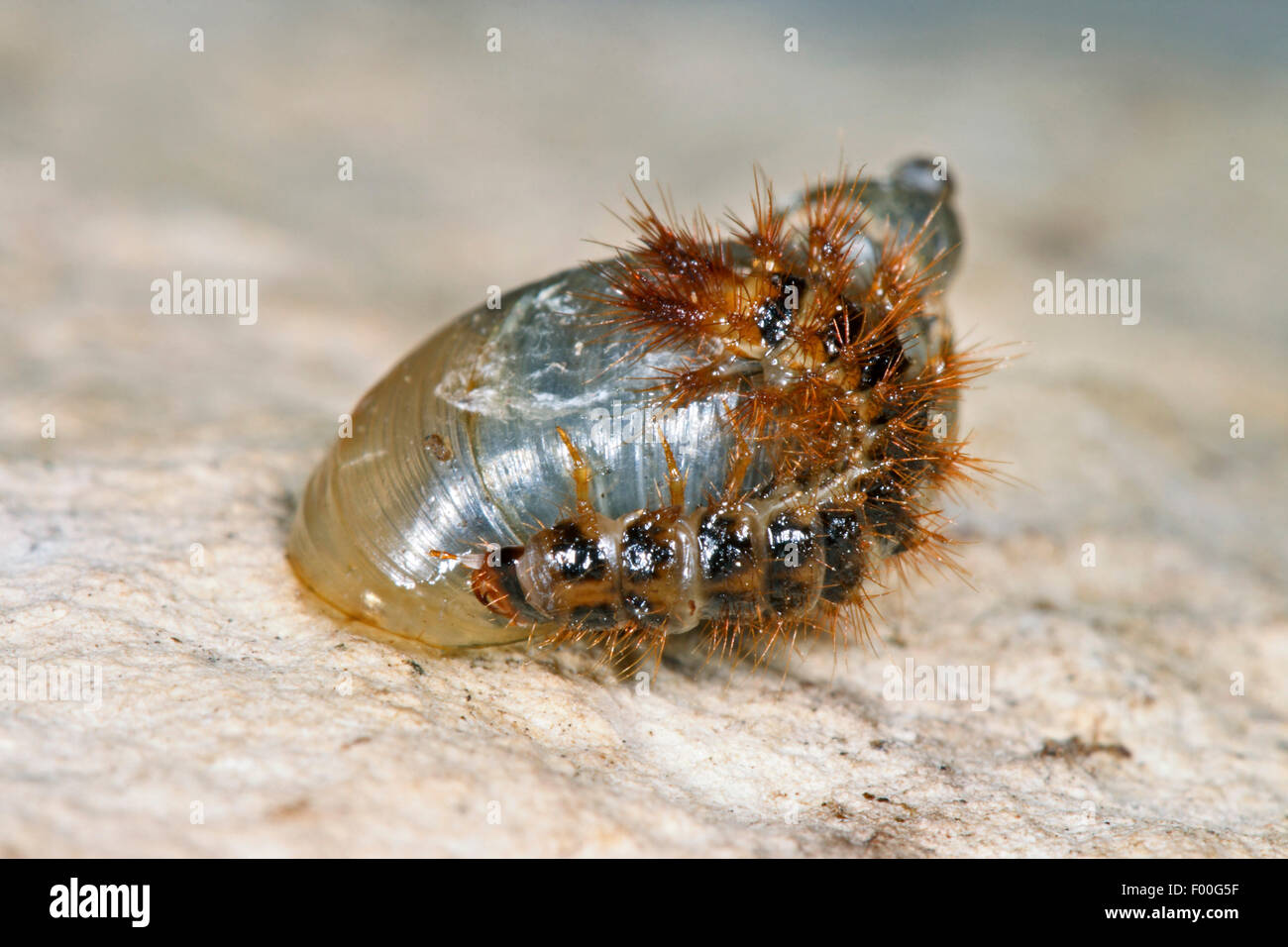


Dytiscids use the tip of abdomen to break the water tension and replenish the air supply. Diving beetles hence their common name according to this behavior. Even though air bubble acts as a physical gill, allowing the insects to extract oxygen directly from the water, it must be replaced time to time by breaking the surface tension of the water. In contrast to terrestrial beetles, having spiracles placed mostly on the sides of the body. Spiracles (openings to the respiratory system) are placed on the top of the abdomen and enter the cavity. There is a cavity under the elytra, where the air is stored. Diving beetles breathe atmospheric oxygen, so they have to carry air supply when venture deeper into the water. Habitats, where the water does not freeze all the way to the bottom, give them a chance to hibernate in plant material and sediments at the bottom.īeetles mostly hide in aquatic vegetation or rest just under the water, with the tip of abdomen in contact with the surface. Some large species live up to several years and move to larger water bodies to overwinter. This takes place when the competition for food is too high, when looking for mates, or if conditions in the habitat dramatically change (becomes polluted, dries out, freezes). They use light reflections from the water surface to detect new habitats. Moreover, diving beetles kept the ability to fly and thus colonize new locations. It is advantage over other invertebrates, protecting the beetles from predators and mechanical damage. Head, thorax and bottom side of the abdomen are hardened (sclerotized) as well. Forewings are modified into hardened covering (elytra), which protects the top of abdomen and the second pair of membranous wings. These adaptations make dytiscids exceptionally efficient swimmers.Īs like in terrestrial beetles, all the body is well armored. Other four legs are trucked into grooves along the sides to preserve streamlined body shape. On the return stroke they bend in to reduce water resistance. The hairy fringes spread out on the power stroke, which increase the surface area. Hind legs are equipped with dense rows of swimming hairs. In general, the body is more streamlined in shape and flattened (compared to terrestrial beetles). Adults and larvae rely on atmospheric oxygen, therefore can be found even in habitats with low level of dissolved oxygen.ĭiving beetles may look very similar to their terrestrial relatives, but dytiscids have developed some modifications, which enable them to be so successful and diverse. The greatest diversity is reached in still waters such as ponds, wetlands, billabongs, or in slow flowing waters with lot of vegetation.

Beetles entered aquatic environment after millions of years evolving on land, yet they can be found in almost any freshwater habitat. One third of all insects belongs to this single order.Įven though most beetles are terrestrial, many of them have colonized freshwater habitats and spend at least one of their life stages as aquatic. In diversity, Coleoptera is the largest order of insects (containing more than 400 000 described species) and one of the largest groups of animals on Earth. Most species produce one generation per year. Their life cycle includes four stages – egg, larva, pupa and adult. Size of the adult diving beetles varies from 2 mm to 45 mm.ĭiving beetles undergo complete metamorphosis. They are common in temporary pools, wetlands, marshes, ponds and slow sections of flowing waters. Diving beetles can be found in almost any freshwater habitat.


 0 kommentar(er)
0 kommentar(er)
